Behind a Wall
Sometimes, the electrical wire that you want to test is behind a wall. If that is the case, cutting through the drywall is an extra step you might prefer to avoid as it makes a huge mess and adds time and complexity to any electrical project. In this case, what you need is a UWB or ultra-wideband device. This device allows you to detect and test live electrical wires behind a wall in a matter of seconds without removing any drywall.
This device wasn’t mentioned earlier because it is an advanced professional electrical wire tester and quite pricey to boot. These devices are also not very user friendly and so you either need to be trained as an electrician or have someone who is an electrician to help you use it.
Exposed Wires
Exposed wires are inherently more dangerous to work with and so extra care is always required if this is a mandatory part of your electrical project. As such, it is highly recommended that you wear a pair of insulated high-voltage safety gloves if you plan to handle exposed electricity wires.
Another good precaution is to stand on an insulated rubber mat to further reduce the risk of electrocution. To test exposed electricity wires, place one lead from a multimeter on the ground (any metal surface) and then place the other lead so it touches the exposed wires.
Usually, you will have three exposed electrical wires. One is earth and another is neutral, and neither should give any reading other than zero or near zero. The third wire is the hot one, and so this one should cause your live wire tester to produce a 110V reading, assuming everything is working normally.
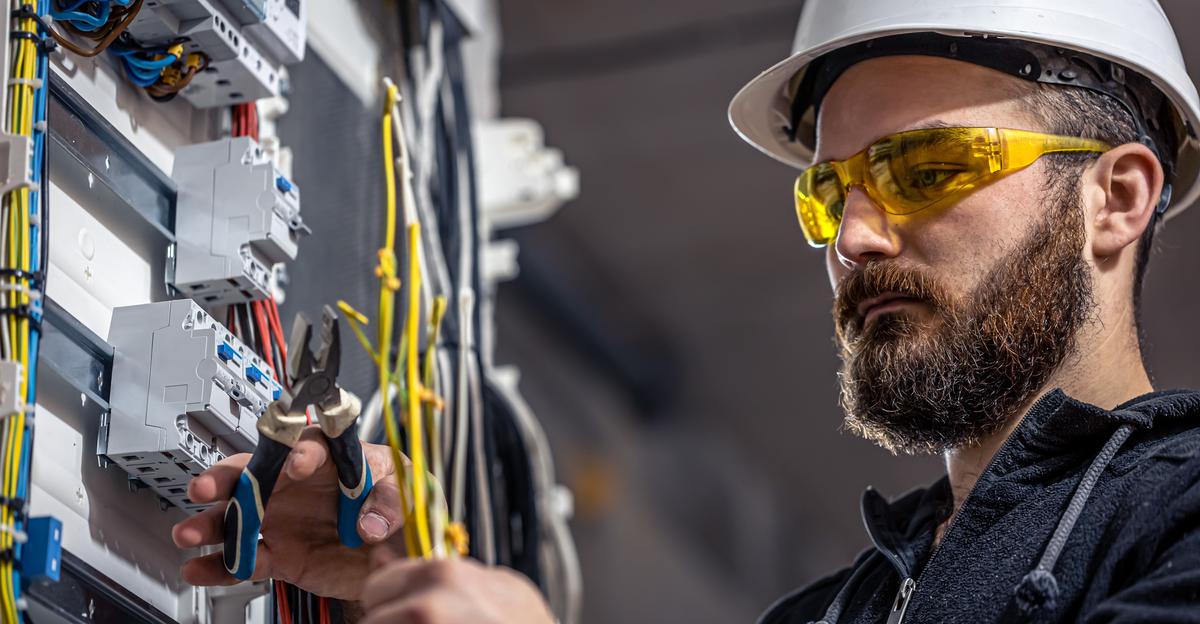
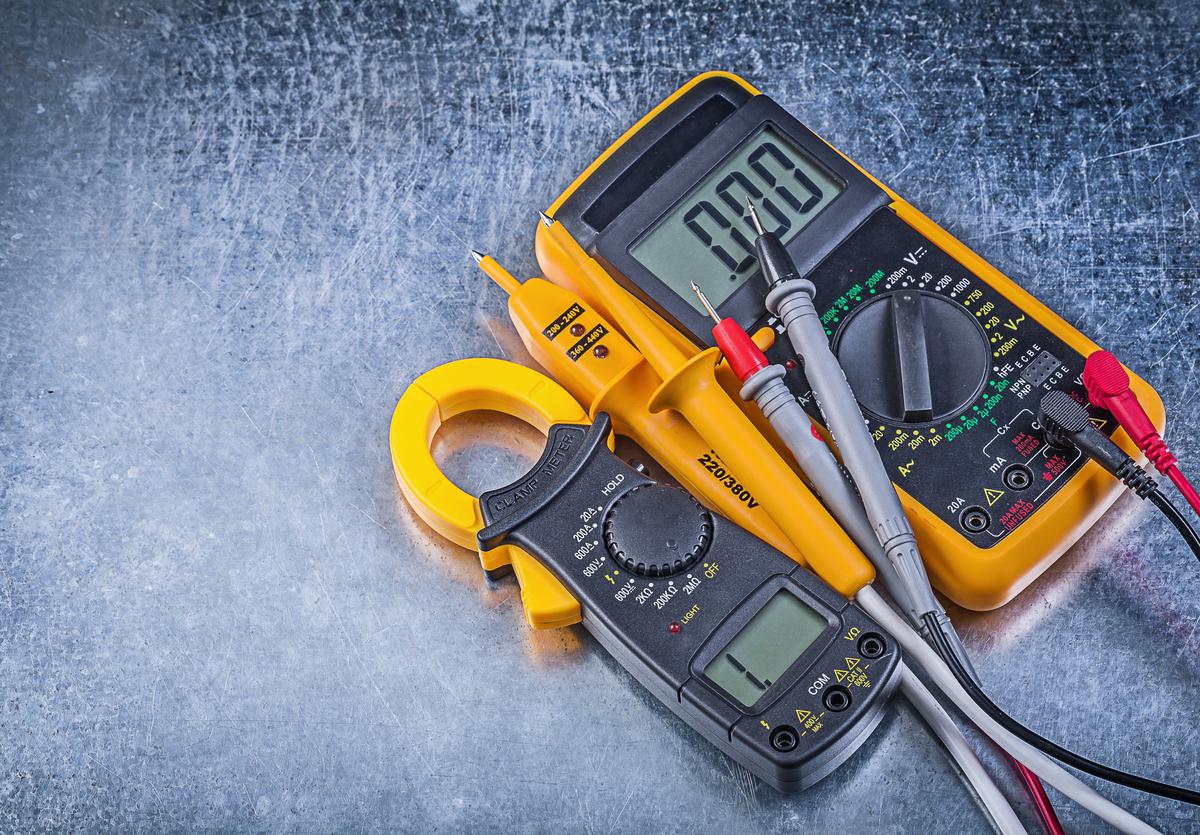
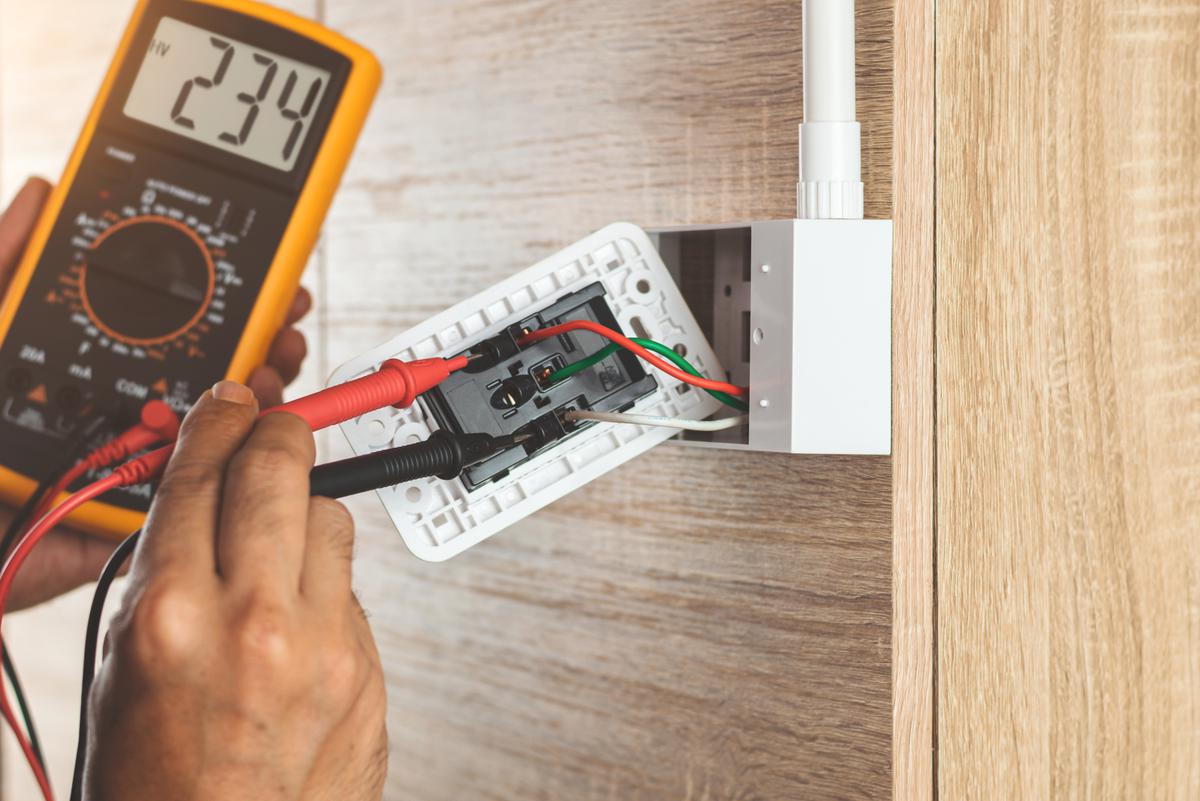
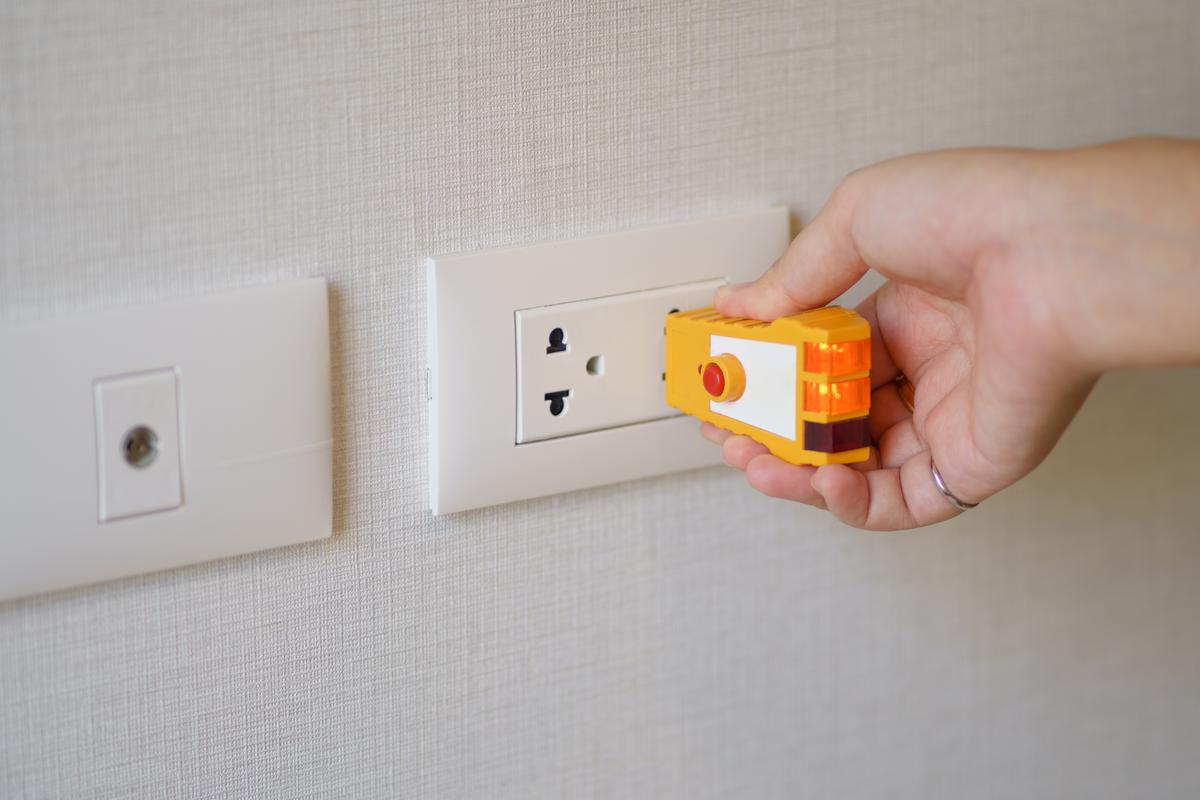
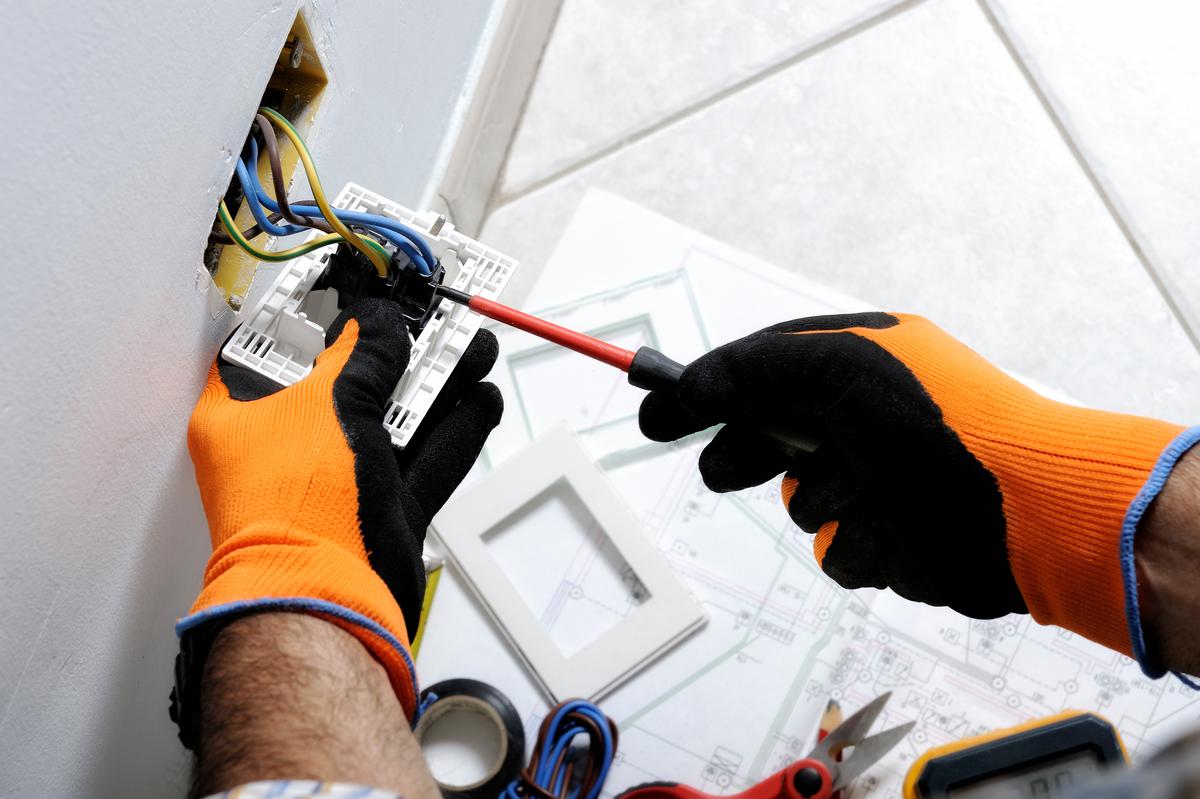
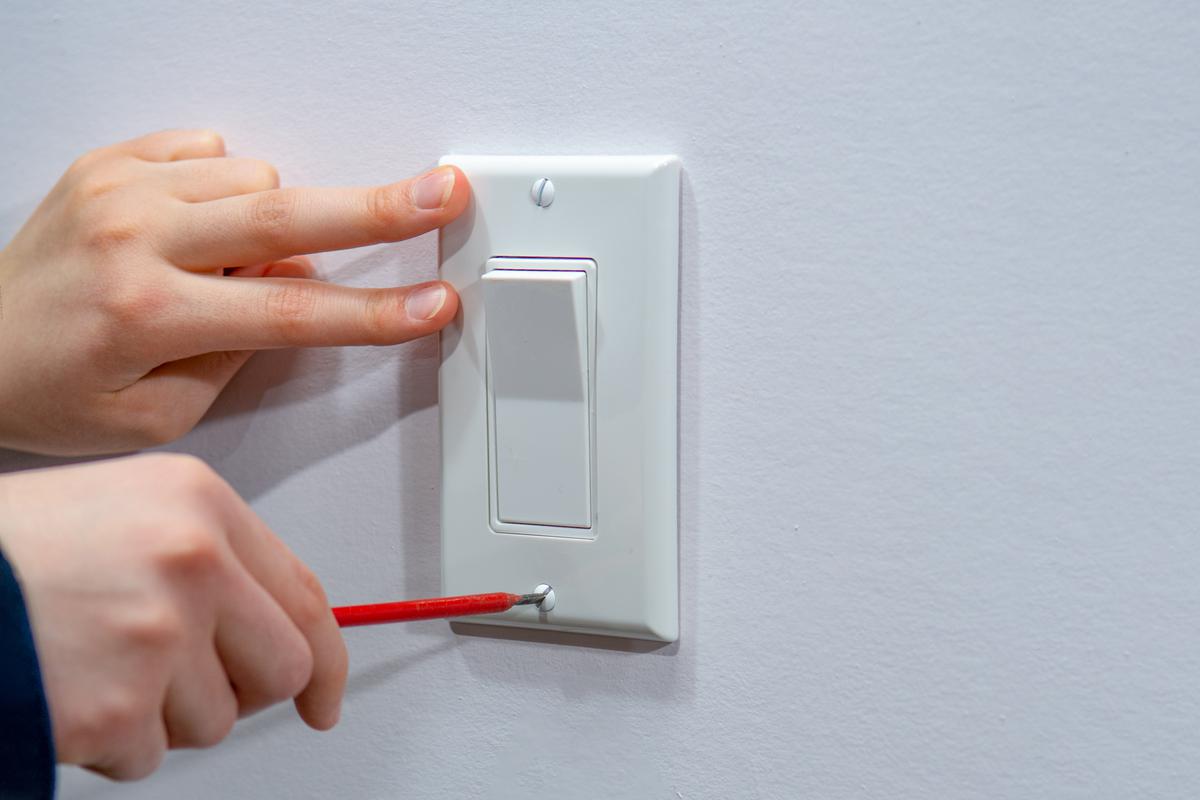
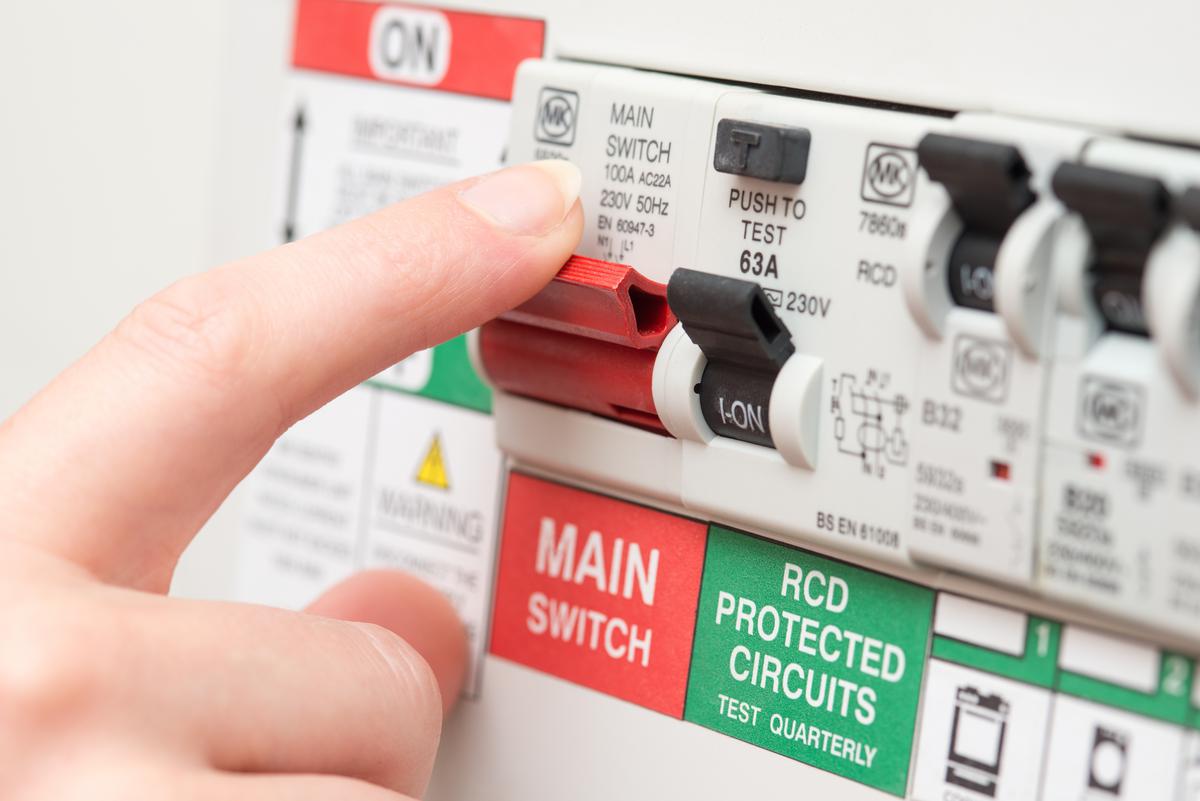
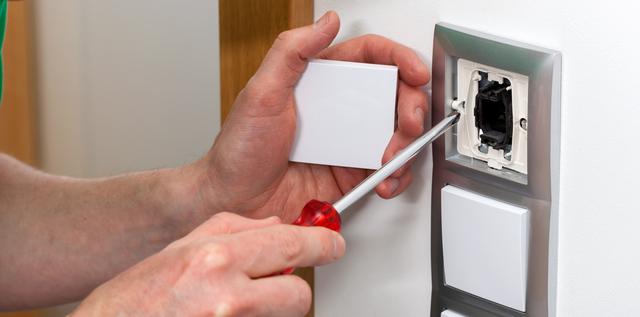
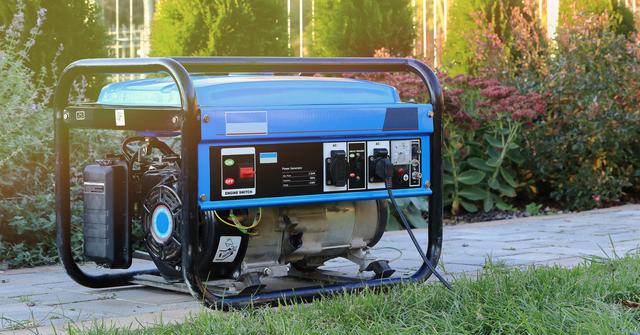
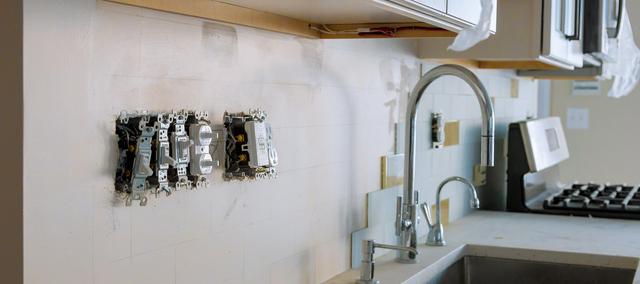
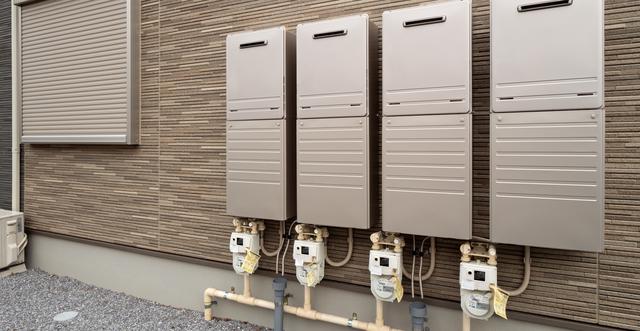
comments